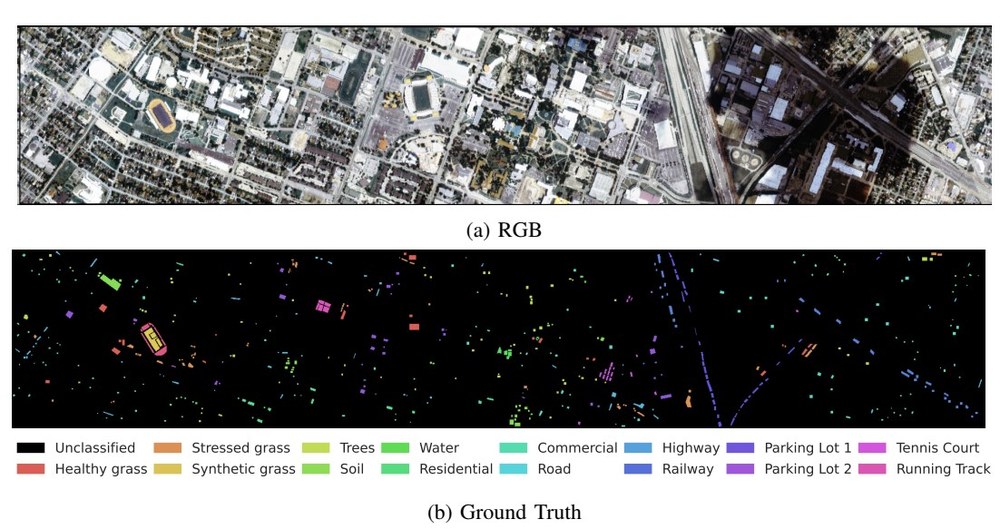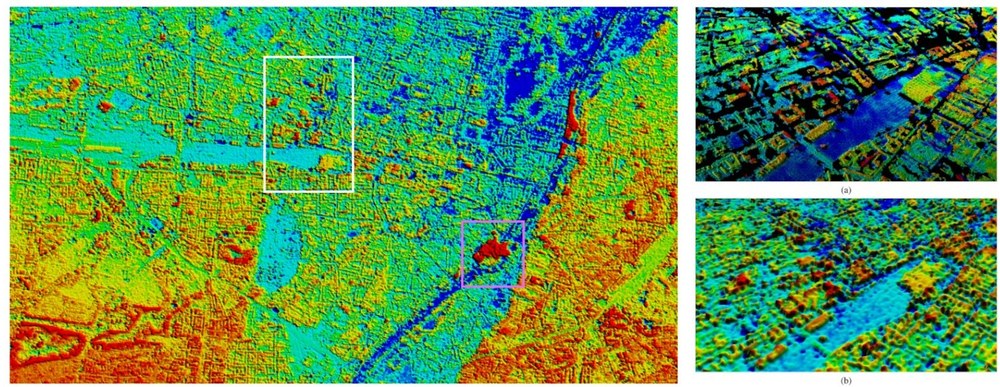Team: Efficiency in AI4EO
Team Objective:
With recent advances in Earth Observation (EO) technology, the accessibility of multispectral and hyperspectral data from several missions has significantly improved, creating new opportunities in agriculture, forestry, aquatic ecosystems, and urban monitoring. However, these advancements also introduce challenges in processing vast accumulations of data effectively. Thus, the Efficiency in AI4EO Team focuses on developing methodologies and algorithms that are cost-effective, timely, and computationally practical to address societal challenges related to Earth monitoring.
Main Challenges and Research Focus:
In situations related to environmental safety, disaster resilience, or food security, each case is often unique and urgent, lacking sufficient ground references and time to establish custom data processing pipelines. This drives AI modeling efforts more towards domain-agnostic and label-independent learning to effectively and promptly extract representations from extensive EO data. Besides, for effective scalability of the provided AI4EO solutions, automated machine learning and hardware-level optimizations for constrained data processing environments are also important focuses of our team. Given these challenges and focus areas, our main research topics include:
- Weakly Supervised, Unsupervised, and Self-Supervised Learning
- Neural Architecture Search
- Embedded AI for On-board Applications
- Multi-Modal Learning for Heterogeneous EO and Auxiliary Data
Application Areas:
We utilize EO data an AI methods to monitor land cover and land use changes, aiding sustainable management practices. Furthermore, we can estimate above-ground biomass, crucial for assessing carbon stocks and monitoring climate change impacts. In addition, by tracking forest disturbances, we can detect unauthorized logging, disease spread, and other disruptions affecting ecosystems. Besides, analyzing soil properties also helps us evaluate agricultural productivity and environmental conditions. Moreover, leveraging AI4EO for food security allows us to monitor crop health and predict yields effectively. We also monitor urban development to track changes and their effects on both environmental and human systems, thereby informing sustainable growth. Additionally, identifying anomalies on the Earth's surface allows for early warnings of environmental changes or potential natural disasters. Finally, our work to enhance disaster resilience includes prompt AI analyses of EO data for events such as floods, earthquakes, and storms.
Collaborations and Impact:
Our methodological and application development efforts are highly collaborative, involving numerous international partners and grants from both national and international agencies, such as the Helmholtz Association, the European Space Agency, and EU Horizon. These collaborations enable us to leverage a wide range of expertise and resources, enhancing the quality and scope of our research. Additionally, we are committed to transferring our know-how to the industry through licensing agreements. This not only helps in the practical implementation of our research outcomes but also expands the overall impact of our contributions into real-world applications, promoting a more sustainable environment.



